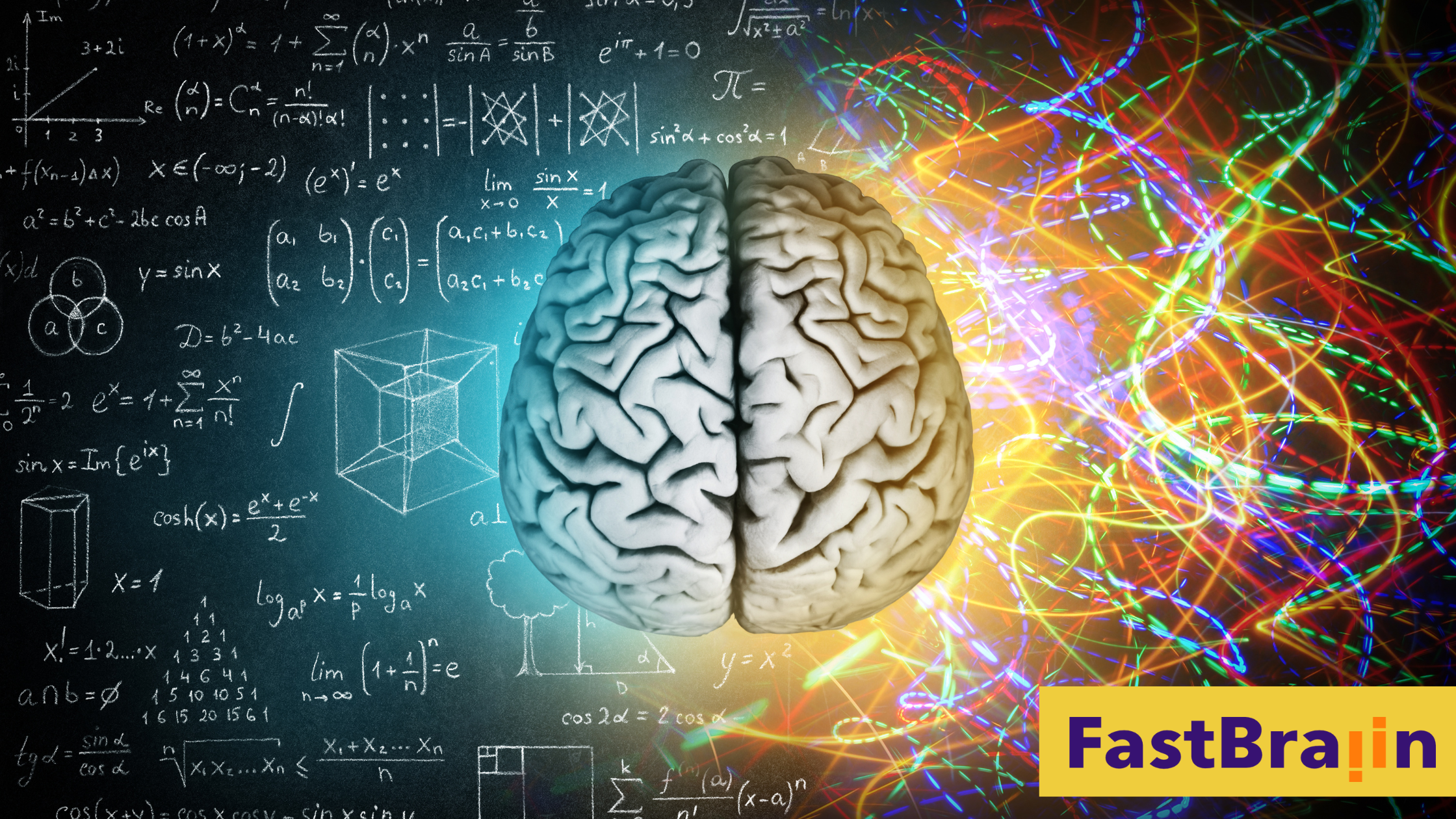A Different Way of Seeing ADHD
When people hear ADHD (Attention Deficit Hyperactivity Disorder), they often think of it as a problem, a diagnosis, or even a lifelong burden. But what if that label is missing the bigger picture? At FastBraiin, we see it differently: not as a disorder, but as a unique wiring of the brain—a way of thinking that’s fast, adaptable, and full of potential.
I know this firsthand. I live with this label myself, and I’ve built a career, a medical practice, and a life around embracing it. Which begs the question: if ADHD is truly a “major mental health disorder,” how could so many people with it thrive as doctors, athletes, entrepreneurs, and leaders?
Is ADHD Really a Disorder?
Here’s the challenge: ADHD is diagnosed without a definitive test. There’s no genetic marker. There’s no cure. So what exactly are we calling a “disorder”?
Consider this: if a child can’t sit through math lessons but spends hours focused on video games, is their brain truly broken—or just engaged by different things?
I used to show parents a simple example: when children watched math or reading lessons on a screen, they wiggled and looked away. Same children, same day, but with Star Wars on the screen? Total focus. The issue wasn’t attention—it was interest.
Fast Thinking Isn’t a Flaw
Think about elite athletes, race car drivers, or even a rabbit darting across a field. Their brains process information faster than most. Would we ever medicate a rabbit to slow it down to “turtle speed”? Of course not. Yet that’s exactly how society often treats fast thinkers.
Many leaders, inventors, and risk-takers had what we now call ADHD. They thought differently, challenged norms, and refused to settle for the safe path. My own father once told me not to expand my medical practice—it would never work. But I trusted my fast-thinking instincts and built it into seven thriving offices serving 10,000 patients a month.
The Myth of the “Attention Deficit”
In conversations with parents, the most common worry is: “My child can’t focus.” But when I ask if their child can play video games for hours, the answer is always yes.
So where’s the deficit?
The truth is, FastBraiin minds can focus intensely—when the task is stimulating, rewarding, and fast-paced. Traditional classrooms often lack those qualities, which is why so many kids with ADHD feel “bored” rather than “broken.”
Try this at home: ask your child to list reasons they enjoy video games, then reasons they enjoy school. You’ll likely get 20 or 30 reasons for gaming—clear goals, instant feedback, action, creativity—and maybe one or two for school. The difference isn’t ability; it’s environment.
From “Disorder” to Strength
If attention struggles were truly a medical defect, they’d show up in all areas of life, not just in school or boring settings. That’s why I believe ADHD isn’t a disorder—it’s FastBraiin. And it’s those same FastBraiin qualities—speed, adaptability, boldness—that we often see in great leaders.
The military is even rethinking its approach, moving away from automatically prescribing stimulants like Adderall. Slowly, society is starting to catch up with what we’ve been saying: ADHD doesn’t have to mean broken—it can mean brilliant.

